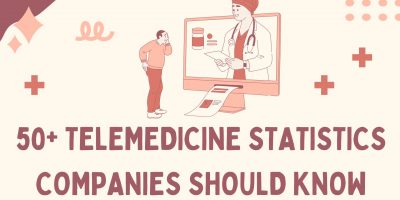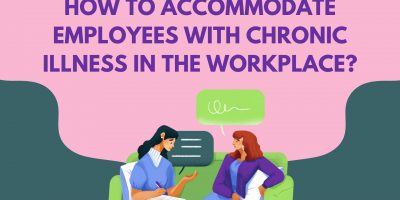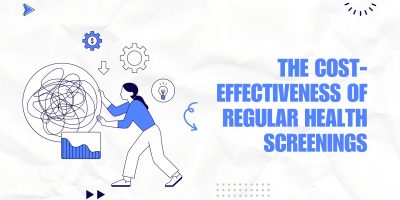
50+ Telemedicine Statistics Companies Should Know
Revolutionize your understanding of healthcare with telemedicine statistics, offering insights into the transformative impact of virtual care on patient satisfaction, accessibility, and the future of healthcare delivery.







